1. China Has an Entire Fake Paris, Complete with Eiffel Tower

In the suburbs of Hangzhou, there’s a place called Tianducheng that looks like it was plucked right out of France. It features cobblestone streets, European-style fountains, and yes, a 354-foot replica of the Eiffel Tower. It was originally built to attract wealthy residents who wanted the romance of Paris without leaving China. But despite its grandeur, the place turned into a bit of a ghost town for years shares LADBible.
People used to mock it as a failed experiment in urban planning, but oddly enough, it’s started to come back to life. Wedding photographers love it, and now families are slowly moving in. There’s something surreal about watching kids play under a fake Eiffel Tower while their parents hang laundry from balconies that mimic Haussmann-style buildings. It’s not what you’d expect in the middle of China, which is what makes it so fascinating adds Open Culture.
2. Ice Cream Can Be Delivered by Drone in Some Cities
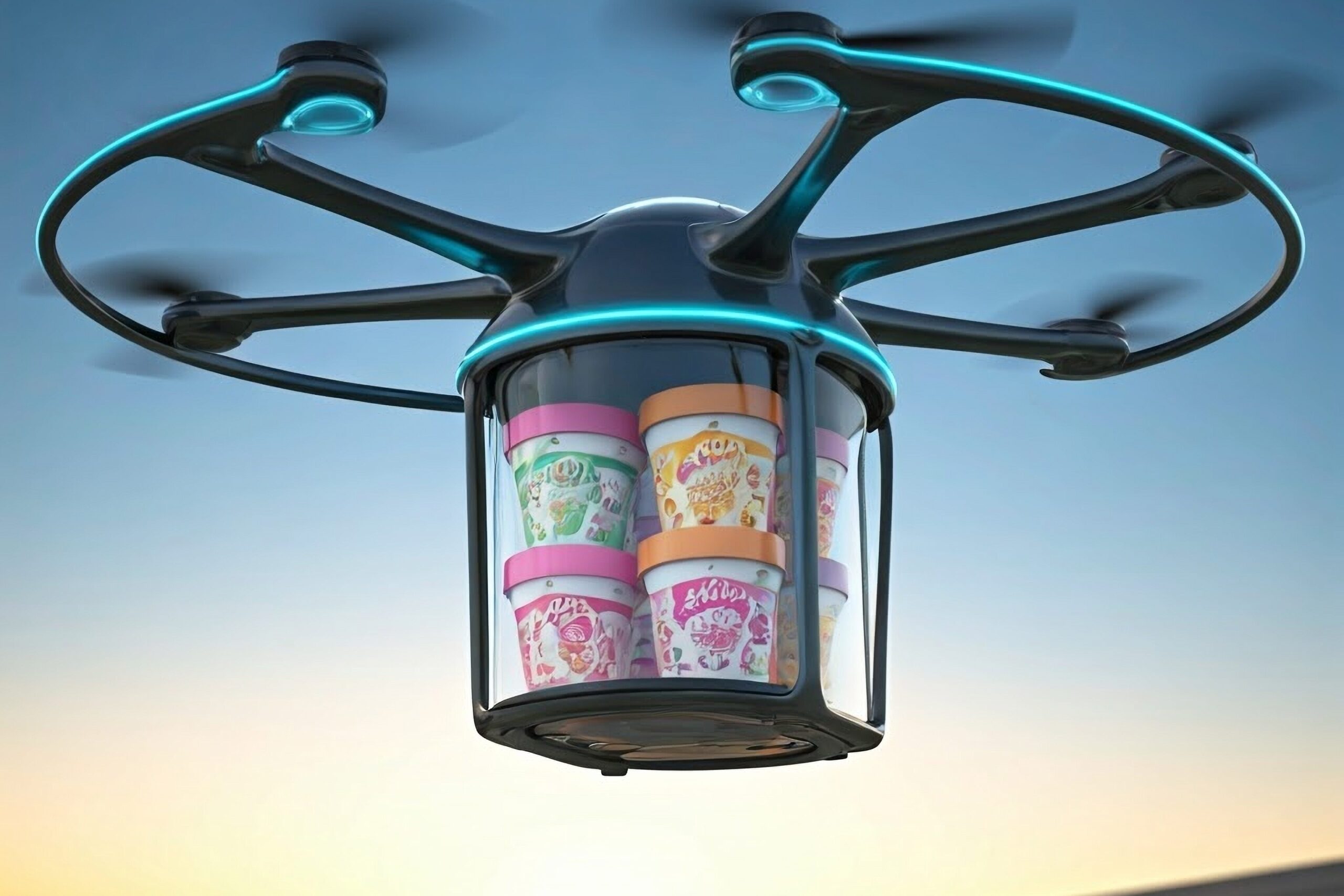
In certain Chinese cities, food delivery is not just fast—it’s airborne. Meituan and Ele.me, two giant delivery platforms, have started testing drone deliveries for things like ice cream and bubble tea. It’s usually in specific zones like tech parks or newly developed neighborhoods where regulations are easier to manage. So you might be sipping milk tea handed to you from a little flying robot says Business Insider.
The whole process is automated, and the drone drops your order into a designated smart locker where you scan a code to pick it up. It’s both futuristic and a little unnerving if you’re not used to it. And yet, for locals, it’s just another part of life in a place that embraces technology at warp speed. Sometimes the future shows up with dessert shares CNN.
3. There’s a Building Shaped Like a Giant Teapot
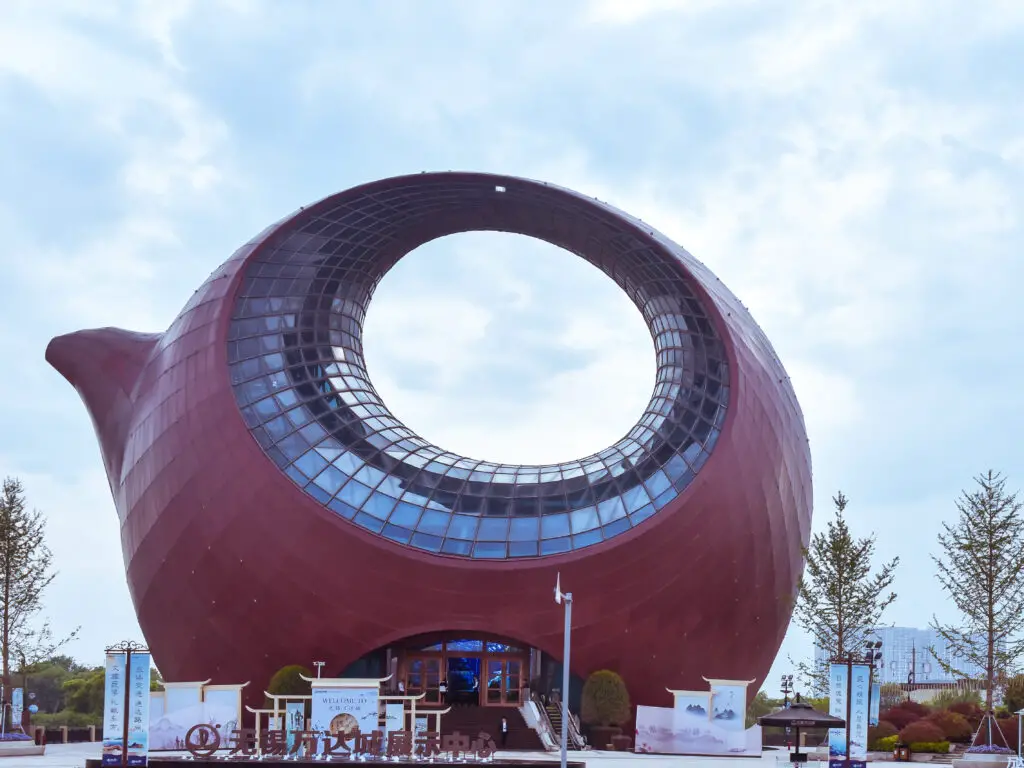
Drive through Wuxi in Jiangsu Province, and you’ll spot something that looks like a prop from Alice in Wonderland. It’s the Wuxi Wanda Cultural Tourism City Exhibition Center, but most people just call it the giant teapot building. It’s round, metallic, and curiously lifelike—like someone supersized grandma’s porcelain kettle. The whole thing lights up at night, making it even more whimsical.
While the inside is used for exhibitions and tourist info, the outside draws more selfies than serious visitors. It’s one of those architectural oddities that you almost have to see to believe. Locals are used to it, but tourists often stop in their tracks, wondering if they took a wrong turn into a theme park. That blend of everyday life and playful design feels very on-brand for China’s love of big, bold statements.
4. They Have a National Selfie Obsession—And Special Selfie Museums

Selfies aren’t just a casual hobby in China—they’re practically a competitive sport. Entire museums, like the Meow Space and the Color Factory in major cities, are dedicated to helping people get the perfect photo. Each room is decorated in vibrant, eye-popping themes designed for optimal lighting and Instagrammable angles. It’s not uncommon to see people bring multiple outfit changes just for one visit.
These places are often booked solid with influencers and everyday folks who just want a standout profile picture. There’s even a booming industry around selfie ring lights and beauty filter apps. Some museums change their exhibits every few months to stay fresh and attract return visitors. It’s creativity meets vanity, and people love every second of it.
5. China Once Built a Copy of an Entire Austrian Village
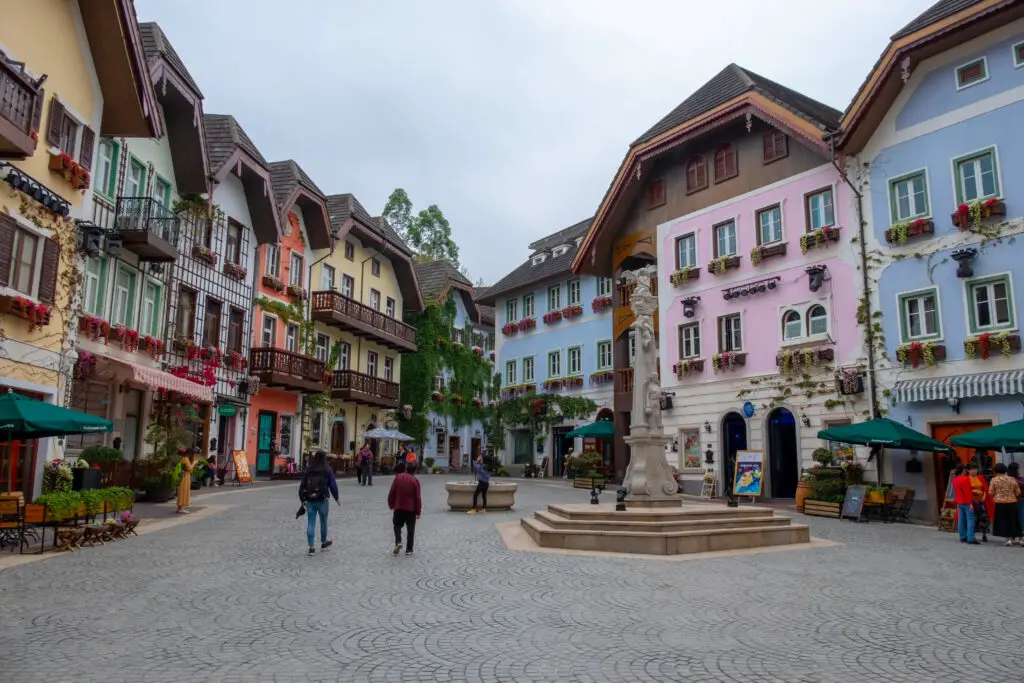
The town of Hallstatt in Austria is a dreamy lakeside village that looks like a storybook painting. So naturally, a Chinese developer decided to replicate the whole thing—down to the church steeple and lakefront promenade. They called it Hallstatt China, and it’s located in Guangdong Province. What’s wild is that they did it without telling the original town until the copy was nearly done.
The reaction from the Austrians was a mix of flattery and confusion. But now, the Chinese version has become a wedding hotspot and tourist attraction in its own right. It’s surreal to stand in a place that feels European but hear Mandarin all around you. And yes, they even replicated the swans on the lake.
6. Some Public Toilets Have Facial Recognition for Toilet Paper

In an effort to cut down on toilet paper theft—yes, that’s a real issue—some public restrooms in China installed facial recognition dispensers. You step up, scan your face, and get your allotted amount of toilet paper. Want more? You have to wait a few minutes for the system to reset. It sounds ridiculous, but the idea actually caught on in places like Beijing parks.
It’s a strange clash between high-tech innovation and low-brow problems. Some people love the efficiency, while others think it’s overkill. But it fits into China’s broader push for smart cities and controlled public services. Either way, it makes for a memorable bathroom break.
7. There Are Live-Streaming Farmers with Millions of Followers
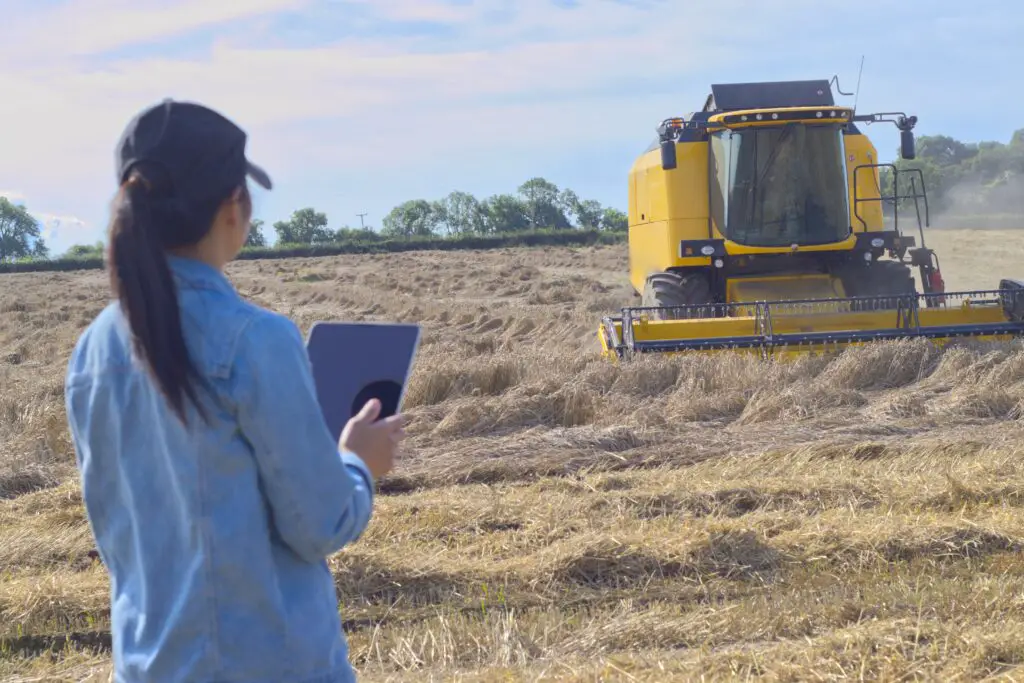
In rural China, farmers have become unexpected internet celebrities. Through platforms like Kuaishou and Douyin (China’s version of TikTok), they stream their daily lives—feeding animals, harvesting crops, and showing off traditional recipes. These aren’t polished influencers; they’re down-to-earth folks broadcasting straight from their villages. And people love them for it.
Some of these farmers have raked in millions of followers and earn a decent living through tips and product placements. It’s turned into a form of digital tourism, letting city dwellers connect with a simpler life. It’s also been a game-changer for selling local produce online. Who knew a livestream of someone picking vegetables could be so captivating?
8. There’s a Town Devoted Entirely to Cloning Dogs
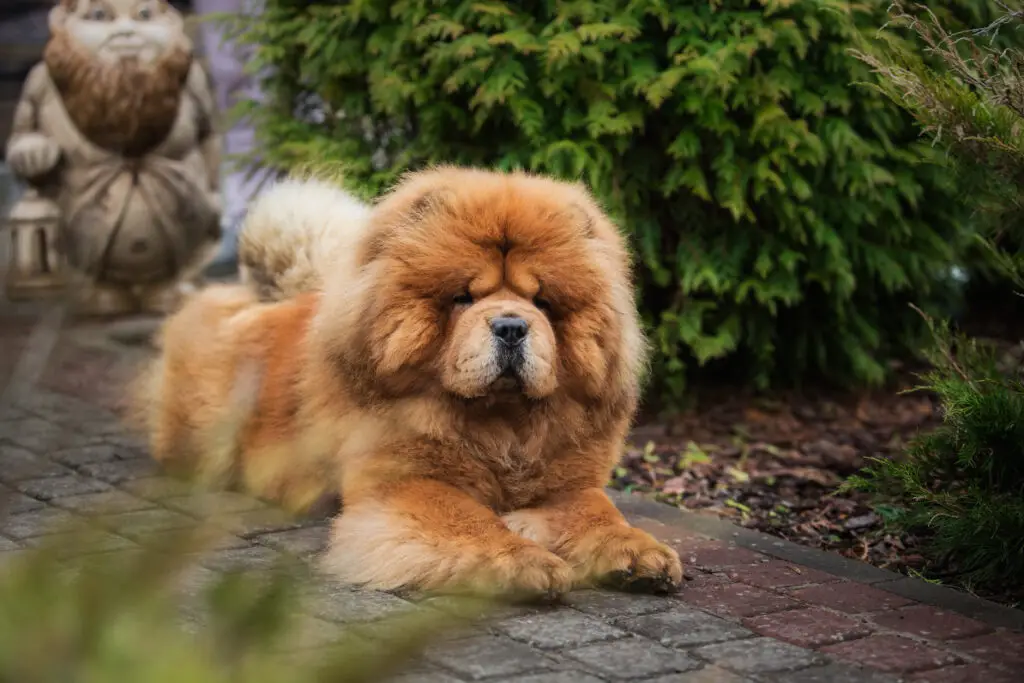
In a place called Sinogene in Beijing, you can actually clone your dog. It’s pricey—upwards of $50,000—but people do it, often after their beloved pet passes away. The company takes cells from your dog and grows an identical twin in a lab. The cloned puppies are usually born via surrogate mothers.
Some customers say it brings them comfort, while others see it as a fascinating experiment in science. Critics argue it’s ethically murky and emotionally risky. Still, the demand is there, especially from wealthy pet lovers. It’s one of those things that sounds like science fiction until you realize it’s happening in real life.
9. You Can Visit a Fake Police Station for Fun
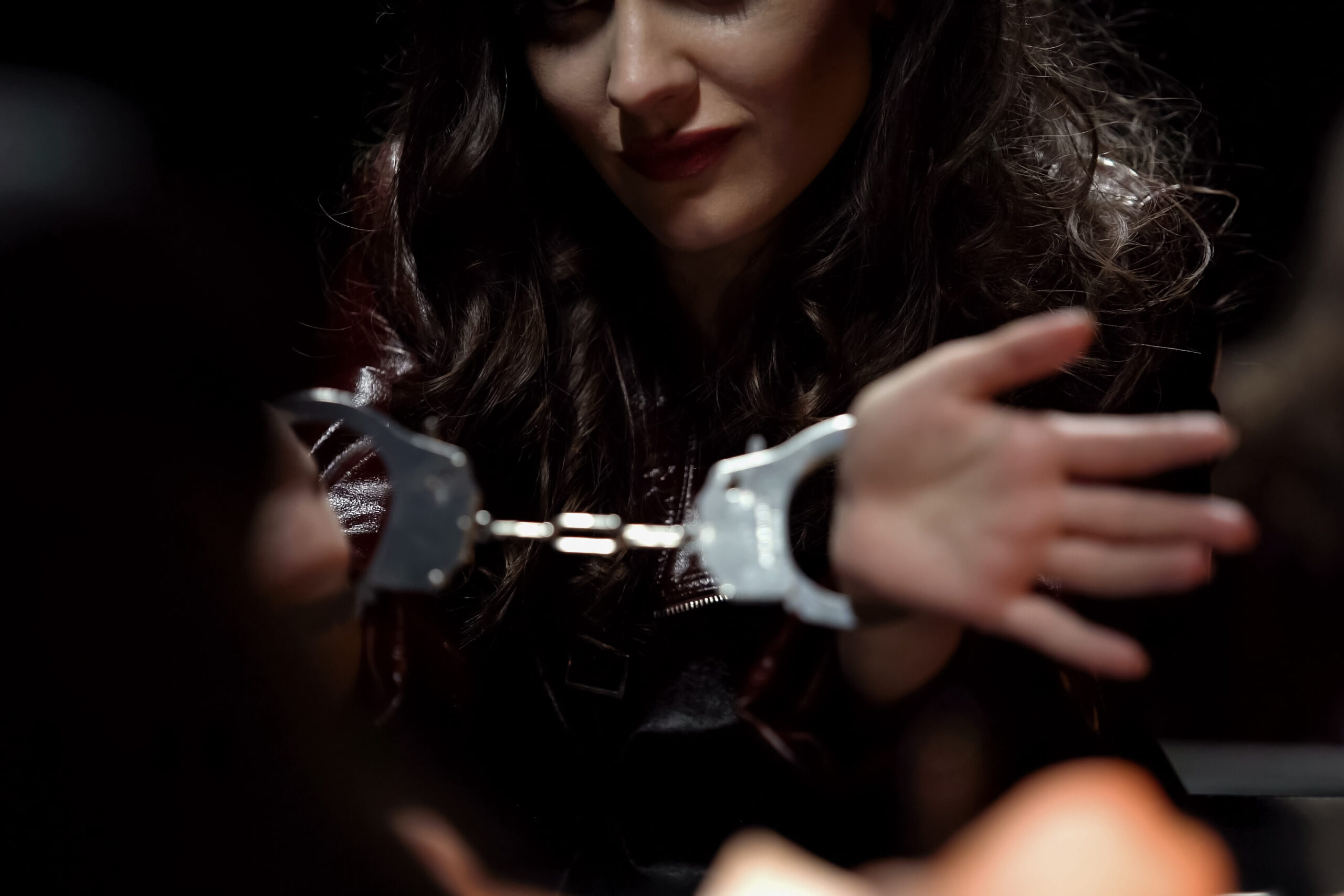
Ever wanted to know what it’s like to be interrogated in a Chinese police drama? Well, now you can—for entertainment. In Chengdu, there’s a themed escape room designed like a full-on police station. It includes realistic cells, interrogation rooms, and props like old-school uniforms and fake surveillance monitors.
Visitors play roles as detectives or suspects, solving puzzles to “crack the case.” It’s spooky, immersive, and strangely popular with young adults looking for a thrill. Some even go in cosplay to add an extra layer of fun. Only in China could turning a police precinct into a playroom be considered a great night out.
10. The World’s Largest Building Is in Chengdu—and It Has an Indoor Beach
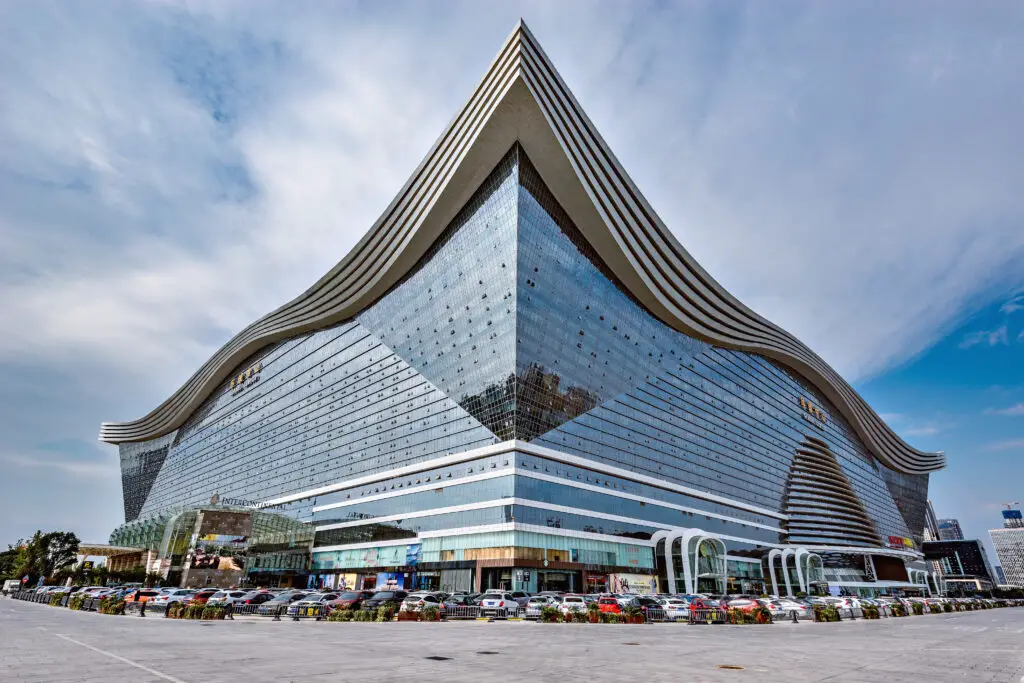
The New Century Global Center in Chengdu is absolutely massive. It’s the largest building in the world by floor area, covering nearly 18 million square feet. Inside, there’s a shopping mall, a hotel, offices, a water park, and even an artificial sun that mimics daylight. The wildest part? There’s a full-sized indoor beach, complete with real sand and wave machines.
It’s not just a shopping trip—it’s an all-day adventure. You can buy a new outfit, eat hot pot, and then go surfing without ever stepping outside. Locals treat it like a mini vacation spot. For tourists, it’s almost overwhelming in its size and scope.
11. Ghost Marriages Still Happen in Rural Areas
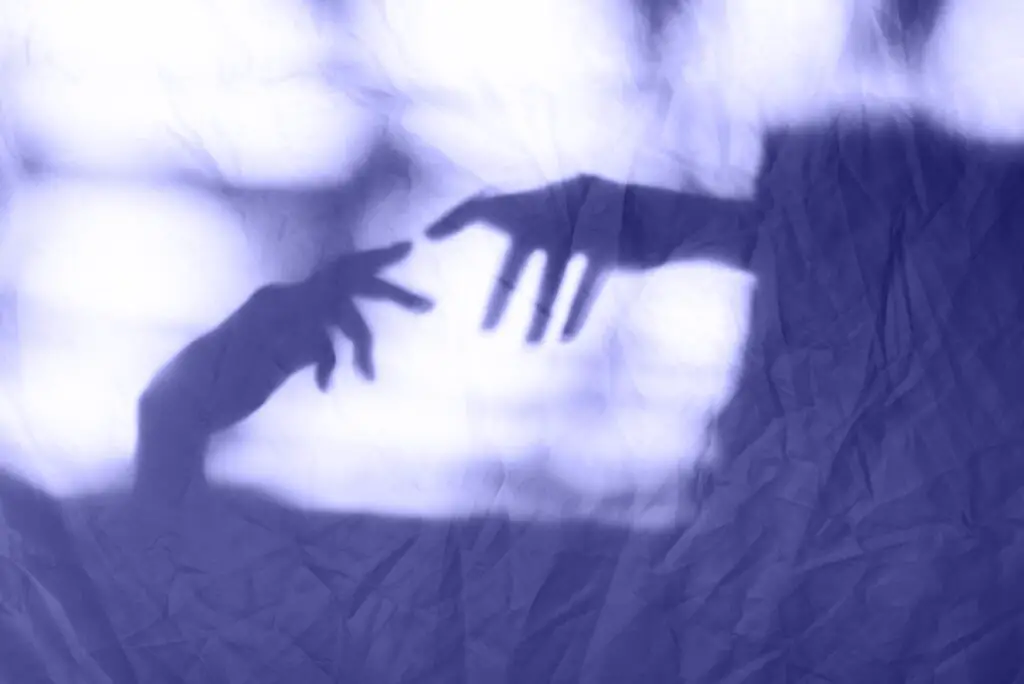
Though it’s rare and controversial, the ancient practice of ghost marriages still exists in some rural parts of China. Families arrange marriages between two deceased individuals or sometimes between a living person and a deceased one. It’s usually done to bring peace to the spirits and maintain family harmony in the afterlife. Often, symbolic items like paper effigies or dolls are used in the ceremonies.
The practice is illegal, but it continues in the shadows, especially among older generations. Some stories even tell of grave robbers stealing female corpses for ghost bride arrangements. It’s chilling and bizarre, but to some, it’s deeply rooted in tradition. It’s one of those cultural practices that most outsiders have no idea is still happening.
12. There’s a National Singing Day Where Millions Belt Out in Public
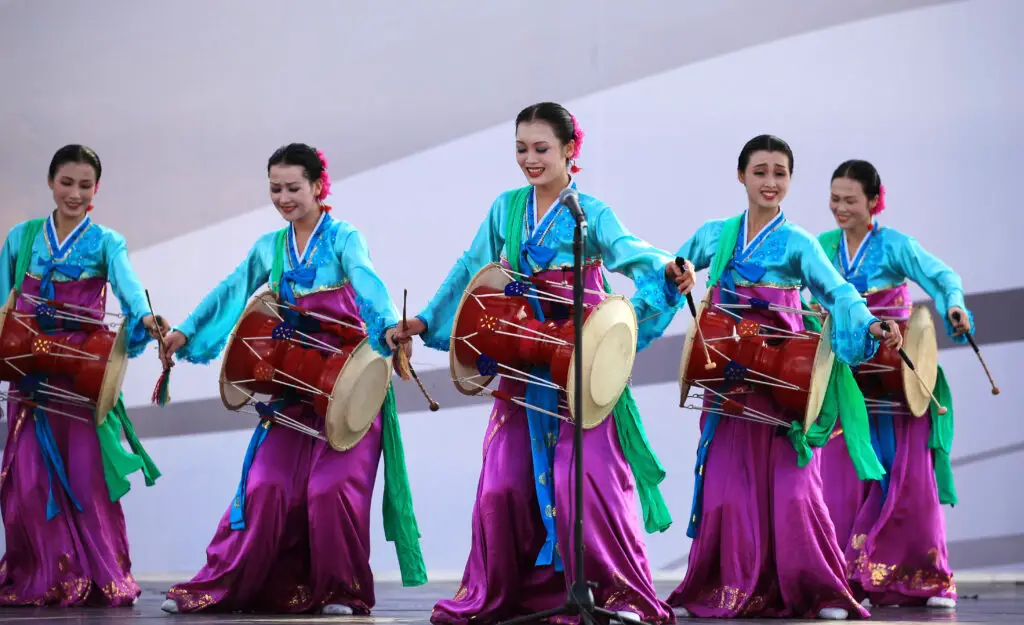
On May 20th, known as “520 Day” (because the numbers sound like “I love you” in Mandarin), people take to the streets to sing love songs. It’s become a viral trend in recent years, especially in schools and public squares. Young couples serenade each other, and spontaneous karaoke breaks out on street corners. It’s both adorable and a little chaotic.
Some employers even organize group singing events as a bonding activity. Stores and restaurants play along by blasting romantic ballads and offering themed deals. It’s like Valentine’s Day with a musical twist. Who needs roses when you’ve got a microphone?
13. They Built a Giant, Fire-Breathing Robot Dragon for Parades
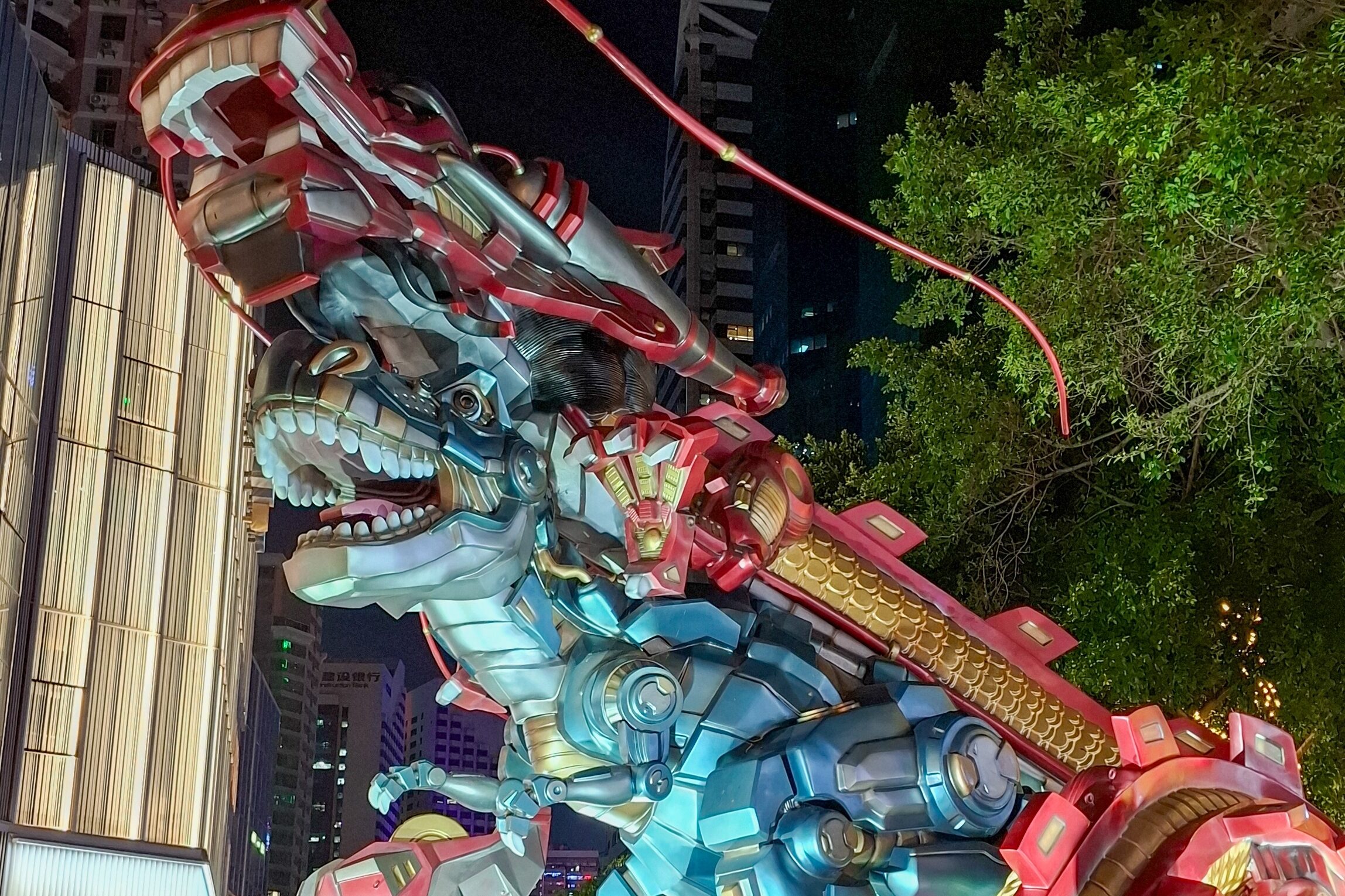
In a spectacular blend of mythology and robotics, China unveiled a massive dragon robot that can breathe fire. It’s several stories tall and often makes appearances during festivals and parades. The creature walks, roars, and even moves its wings thanks to hidden hydraulics and engineers steering it remotely. The fire-breathing part? Totally real, though carefully controlled.
People line the streets just to catch a glimpse. It feels like watching a creature from a fantasy film roam through the city. Some parents joke that it’s their kid’s favorite “celebrity.” It’s part tech, part theater, and all very Chinese.
14. Monks Use Smartphones and Livestream Meditation Sessions
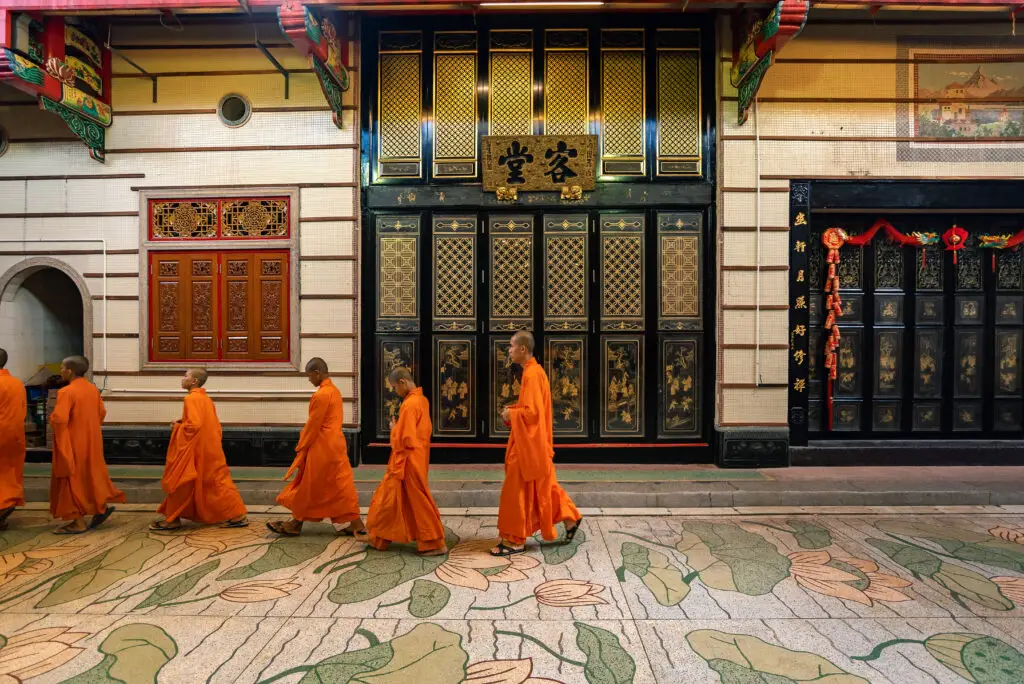
At several Buddhist temples, monks have turned to tech to spread their teachings. They livestream morning meditations, share motivational quotes, and even answer questions from followers online. One monk in Zhejiang went viral for sharing mindfulness tips in between photos of his vegetarian meals. It’s a peaceful kind of influencer vibe.
People tune in for spiritual advice, but also for the calming presence of the monks. It’s part of a broader trend of modernizing ancient practices. Some temples now accept digital donations via QR code. It’s old wisdom, new medium.
15. There’s a School That Teaches Kids to Be “Internet Stars”
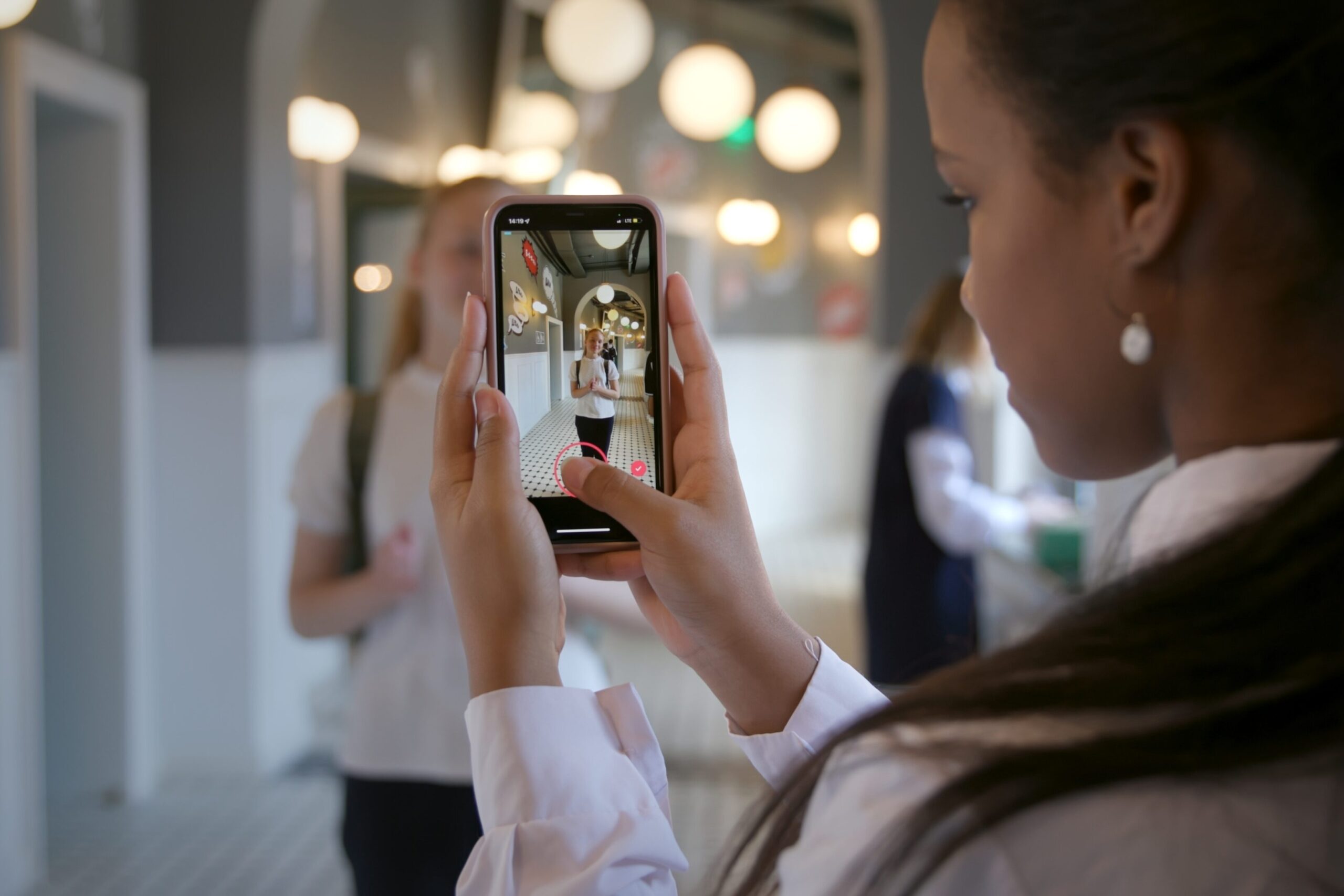
In places like Nanchang, you’ll find vocational schools specifically designed to train young people to become online influencers. Classes include makeup tutorials, posing techniques, video editing, and how to speak confidently on camera. Some courses even teach how to deal with internet trolls and manage brand partnerships. It’s like acting school for the digital age.
Parents are surprisingly on board, seeing it as a way for their kids to gain confidence and maybe even land lucrative careers. Critics worry it promotes superficiality, but the schools argue they’re simply meeting demand. In a country where livestream shopping is a multi-billion dollar industry, it kind of makes sense. Fame, after all, is a skill now.
